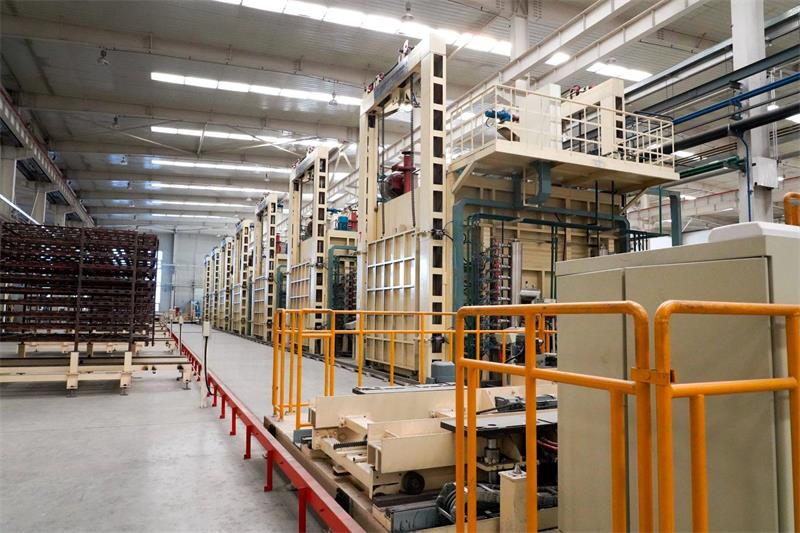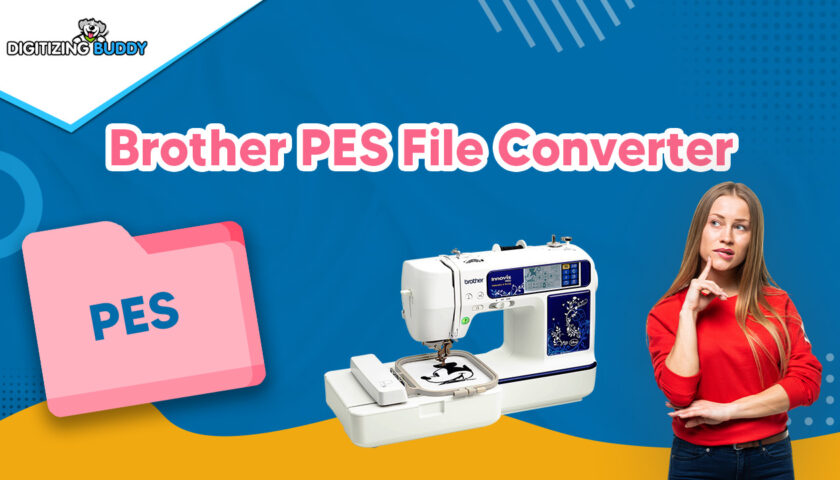Introduction
In a world increasingly concerned about sustainability and energy efficiency, homeowners are constantly searching for ways to reduce their environmental footprint while also saving on energy bills. One innovative solution gaining traction in the housing industry is vacuum insulating glazing. This advanced window technology offers superior thermal performance compared to traditional double glazing, making it an attractive option for eco-conscious homeowners. However, the question that often arises is whether vacuum glazing is affordable. In this comprehensive guide, we will delve into the world of vacuum glazing, explore its benefits, and assess its cost-effectiveness to help you make an informed decision about whether it’s a viable option for your home.
What is Vacuum Glazing?
Vacuum glazing, also known as vacuum insulated glass (VIG) or vacuum double glazing, is a cutting-edge technology designed to enhance the thermal performance of windows. It consists of two glass panes separated by a microscopically thin vacuum layer. This layer of near-perfect vacuum greatly reduces heat transfer, making vacuum glazing an excellent insulator.
The primary principle behind vacuum glazing is to minimize heat loss during the winter and prevent unwanted heat gain during the summer. Unlike traditional double-glazed windows, which rely on trapped air or gas for insulation, vacuum glazing utilizes a vacuum to eliminate the transfer of heat through conduction and convection, resulting in significantly higher energy efficiency.
The Environmental Benefits of Vacuum Glazing
1. Reduced Energy Consumption
One of the most significant environmental benefits of vacuum glazing is its ability to reduce energy consumption in your home. By providing superior insulation, it helps maintain a consistent indoor temperature, reducing the need for heating in the winter and air conditioning in the summer. This translates to lower energy bills and a reduced carbon footprint.
2. Lower Greenhouse Gas Emissions
Less energy consumption means fewer greenhouse gas emissions. Vacuum glazing can contribute to a substantial reduction in the emissions associated with heating and cooling your home. Choosing eco-friendly solutions like vacuum glazing aligns with global efforts to combat climate change.
3. Extended Lifespan
Vacuum glazing also offers a longer lifespan compared to traditional windows. This longevity reduces the need for window replacements, further reducing the environmental impact associated with manufacturing and disposing of windows.
Vacuum Glazing vs. Traditional Double Glazing
To determine if vacuum glazing is worth the investment, it’s crucial to compare it to traditional double glazing. While both options provide insulation benefits, vacuum glazing has distinct advantages:
1. Enhanced Thermal Performance
Vacuum glazing offers significantly better thermal performance due to the absence of air or gas between the panes. It provides better insulation against both heat loss and heat gain, resulting in a more comfortable and energy-efficient home.
2. Slimmer Profile
Vacuum glazing is thinner and lighter than traditional double glazing, making it an ideal choice for both new construction and retrofit projects. Its slim profile allows for more design flexibility while still delivering exceptional insulation.
3. Reduced Condensation
Traditional double glazing can suffer from condensation issues in extreme weather conditions. Vacuum glazing, on the other hand, virtually eliminates condensation due to its superior insulation properties.
4. Longevity
Vacuum glazing typically boasts a longer lifespan than traditional double glazing, which may require replacement sooner. This means fewer resources spent on manufacturing and installing new windows over time.
Factors Influencing the Cost of Vacuum Glazing
The cost of vacuum glazing can vary based on several factors, making it essential to consider these variables when assessing affordability:
1. Window Size and Quantity
The size and number of windows you plan to replace or install with vacuum glazing significantly impact the overall cost. Larger windows or a greater quantity will naturally result in a higher investment.
2. Glazing Configuration
Different glazing configurations, such as the number of vacuum panes and the inclusion of low-emissivity coatings, affect the cost. Higher-spec configurations with more panes and coatings will be more expensive.
3. Installation Complexity
The complexity of installation, including retrofitting existing openings or incorporating vacuum glazing into new construction, can influence costs. Retrofitting may require additional work, affecting the overall budget.
4. Brand and Quality
The choice of vacuum glazing manufacturer and product quality can impact pricing. High-quality brands may come at a premium but often offer better long-term performance and warranties.
5. Regional Variations
Costs can vary by location due to factors like labor rates, transportation, and availability of vacuum glazing products. It’s advisable to obtain local quotes to determine accurate pricing.
Calculating the Cost of Vacuum Glazing for Your Home
To estimate the cost of vacuum glazing for your home, follow these steps:
1. Assess Your Needs
Determine which windows you want to replace or upgrade with vacuum glazing. Consider factors such as size, location, and your overall budget.
2. Obtain Multiple Quotes
Contact several vacuum glazing suppliers or contractors in your area to obtain quotes. Ensure these quotes include the cost of materials, labor, and any additional features you desire, such as coatings or gas fills.
3. Consider Long-Term Savings
While the upfront cost of vacuum glazing may be higher than traditional windows, consider the long-term savings on energy bills and potential rebates or incentives.
4. Calculate ROI
Calculate the return on investment (ROI) by comparing the estimated energy savings with the initial cost. A shorter payback period indicates a more cost-effective investment.
Financing Options and Incentives
Several financing options and incentives can make vacuum glazing more affordable:
1. Energy-Efficiency Rebates
Many governments and utility companies offer rebates for energy-efficient home improvements, including vacuum glazing. Check local programs to see if you qualify.
2. Tax Credits
In some regions, you may be eligible for tax credits when you install energy-efficient windows like vacuum glazing. Consult with a tax professional to understand potential savings.
3. Financing Programs
Some financial institutions offer low-interest loans or financing specifically for energy-efficient home upgrades. Explore these options to spread the cost over time.
4. Energy Savings
Remember that the reduced energy consumption resulting from vacuum glazing can lead to long-term savings on your utility bills, effectively offsetting the initial investment.
The Long-Term Savings of Vacuum Glazing
It’s essential to look beyond the upfront cost of vacuum glazing and consider the long-term savings it offers. Over time, the reduced energy consumption and potential incentives can make vacuum glazing a financially wise choice. Additionally, its extended lifespan means fewer replacements and less environmental impact. By investing in vacuum glazing, you not only contribute to a greener planet but also enjoy increased comfort and reduced energy bills for years to come.
Case Studies: Real-Life Examples
To illustrate the cost-effectiveness of vacuum glazing, here are two case studies:
Case Study 1: A Family Home
A family living in a moderately sized home decided to replace their traditional double-glazed windows with vacuum glazing. The upfront cost was higher, but they received energy efficiency rebates, tax credits, and a low-interest loan, significantly reducing their initial expense. Over five years, they saved 30% on their energy bills, resulting in a payback period of just six years.
Case Study 2: An Apartment Complex
A property management company invested in vacuum glazing for their apartment complex. Despite the substantial upfront cost, the reduced energy consumption resulted in a significant decrease in overall operating expenses. The payback period for this commercial project was under five years, making it a financially sound decision.
Conclusion: Is Vacuum Glazing Worth the Investment?
In the pursuit of affordable sustainability, vacuum insulating glazing emerges as a promising technology that can enhance your home’s energy efficiency and reduce its environmental impact. While the upfront cost may be higher than traditional double glazing, the long-term savings, potential incentives, and environmental benefits make it a worthwhile investment for many homeowners.
Before making a decision, carefully assess your needs, obtain multiple quotes, and explore financing options and incentives available in your area. By taking these steps and considering the long-term advantages, you can determine whether vacuum glazing aligns with your goals for a greener, more energy-efficient home. Ultimately, the choice to embrace vacuum glazing not only benefits your finances but also contributes to a more sustainable future for our planet.





